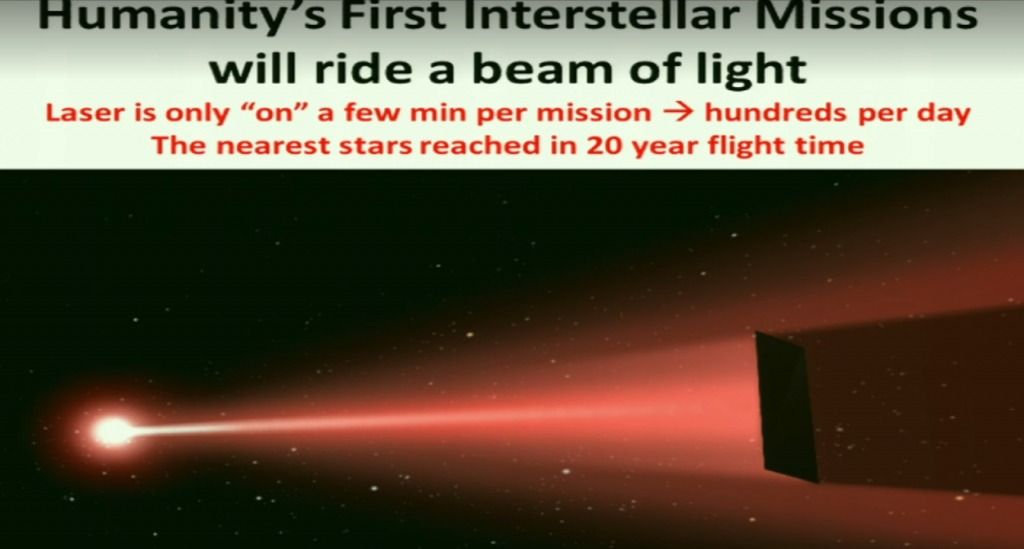There’s a difference between editing genes in a person’s somatic cells and germline cells.
Editing somatic cells, which are differentiated (e.g., skin cells) and non-reproductive, impacts them alone. In contrast, editing germline DNA means changes are passed along to the next generation during reproduction. It’s no minor distinction.
Right now, the cautious consensus around gene editing in the US and parts of Europe is that it is okay to do therapeutic gene editing in a patient’s somatic DNA, meaning DNA that only exists in that individual and does not get passed on. But some believe the cautious consensus may be too cautious.









